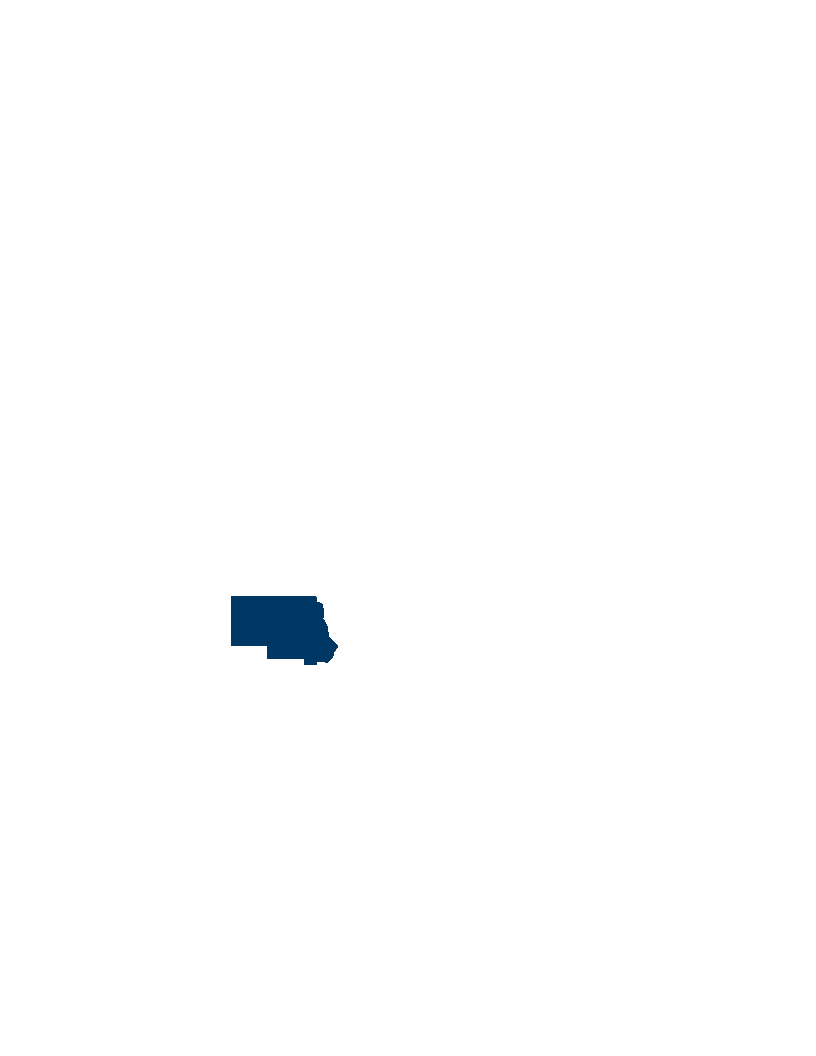MN Prairie Recovery Program Phase 11
The project will advance the protection, restoration and enhancement goals for prairie and grassland habitat as described in the 2018 update of the MN Prairie Conservation Plan. It builds upon the highly successful model established in prior Prairie Recovery Phases and seeks to protect approximately 600 acres in fee without PILT obligations to be held by The Nature Conservancy, enhance approximately 10,000 acres of permanently protected grasslands, and restore roughly 200 acres of prairie and wetland habitat.
Protect - An estimated 600 acres of prairie, wetlands, grasslands, and savanna will be permanently protected through fee-title acquisition from willing sellers in 5 prairie core/corridor landscapes as identified in the 2018 MN Prairie Conservation Plan. Acquired lands will be prioritized using prior approved criteria that include: percentage of native prairie on the parcel, proximity to other permanently protected areas, quality of habitat and species diversity, and suitability for public recreation. Protected acres without PILT will be held by The Nature Conservancy subject to a recorded notice of funding restrictions.
Enhance - An estimated 10,000 acres of grassland/wetland complex will be enhanced on permanently protected lands, including lands purchased with OHF funds and held by the Conservancy, MN DNR Management Units, US Fish and Wildlife Service lands, and private lands subject to perpetual conservation easements. The primary objectives of the enhancement activities will be to increase native species diversity and improve critical wildlife habitat. A variety of practices and techniques will be implemented to accomplish the objectives such as: prescribed fire; removal of trees and woody species; invasive species control including mechanical, biological, and chemical control; over-seeding degraded grasslands with native seed; and conservation grazing, mowing, or haying. The work will be conducted primarily through contracts with local vendors, Conservation Corps of Minnesota or Student Conservation Association crews and by using Nature Conservancy seasonal and permanent staff. Prairie Recovery Biologists, stationed in four landscapes within the Prairie region are responsible for identifying and prioritizing projects in cooperation with agency partners; selecting and overseeing contracted work; and leading and directing seasonal staff. The Biologists are also responsible for participating in and leading Prairie Plan Local Technical Team efforts to increase efficiency and effectiveness of program delivery by multiple partners at the landscape scale.
Restore - Approximately 200 acres of cropland will be restored to diverse local-ecotype grassland and grassland/wetland complexes. Practices to be implemented include those listed as enhancements above and the restoration of original wetland hydrology.
Results to date - Through previous Phases of the Prairie Recovery Program we have protected 7,553 acres of prairies, wetlands, and grasslands, enhanced more than 140,000 acres of permanently protected grasslands and restored approximately 1,500 acres with locally-sourced native seed. All parcels protected were directly adjacent to, or contributed to, the functional integrity of existing habitat complexes. Average per acre cost for acquired properties has averaged around $2,000 per acre. Our enhancement projects have focused on accelerating the implementation of prescribed fire, woody vegetation removal, building the infrastructure for conservation grazing systems and treatment of invasive species. Costs for enhancement and restoration work vary depending on the practices being implemented but have averaged around $100 per acre.
$2,794,000 the first year is to the commissioner of natural resources for an agreement with The Nature Conservancy to acquire land in fee and restore and enhance native prairie, grasslands, wetlands, and savanna. Subject to evaluation criteria in Minnesota Rules, part 6136.0900, priority must be given to acquiring lands that are eligible for the native prairie bank under Minnesota Statutes, section 84.96, or lands adjacent to protected native prairie. Annual income statements and balance sheets for income and expenses from land acquired with this appropriation must be submitted to the Lessard-Sams Outdoor Heritage Council no later than 180 days after The Nature Conservancy's fiscal year closes. A list of proposed land acquisitions must be provided as part of the required accomplishment plan. Land acquisitions must be consistent with the priorities identified in the Minnesota Prairie Conservation Plan.
Remnant native prairies are part of large complexes of restored prairies, grasslands, and large and small wetlands - Protection results will be measured against MN Prairie Conservation Plan goals for protected acres of native prairie and associated grassland for each geography.
Enhancement results will be measured using protocols developed for the multi-agency Grassland Monitoring Network.
Remnant native prairies and wetlands are perpetually protected and adequately buffered - Protection results will be measured against MN Prairie Conservation Plan goals for protected acres of native prairie and associated grassland for each geography.
Enhancement results will be measured using protocols developed for the multi-agency Grassland Monitoring Network
TNC private funds

























